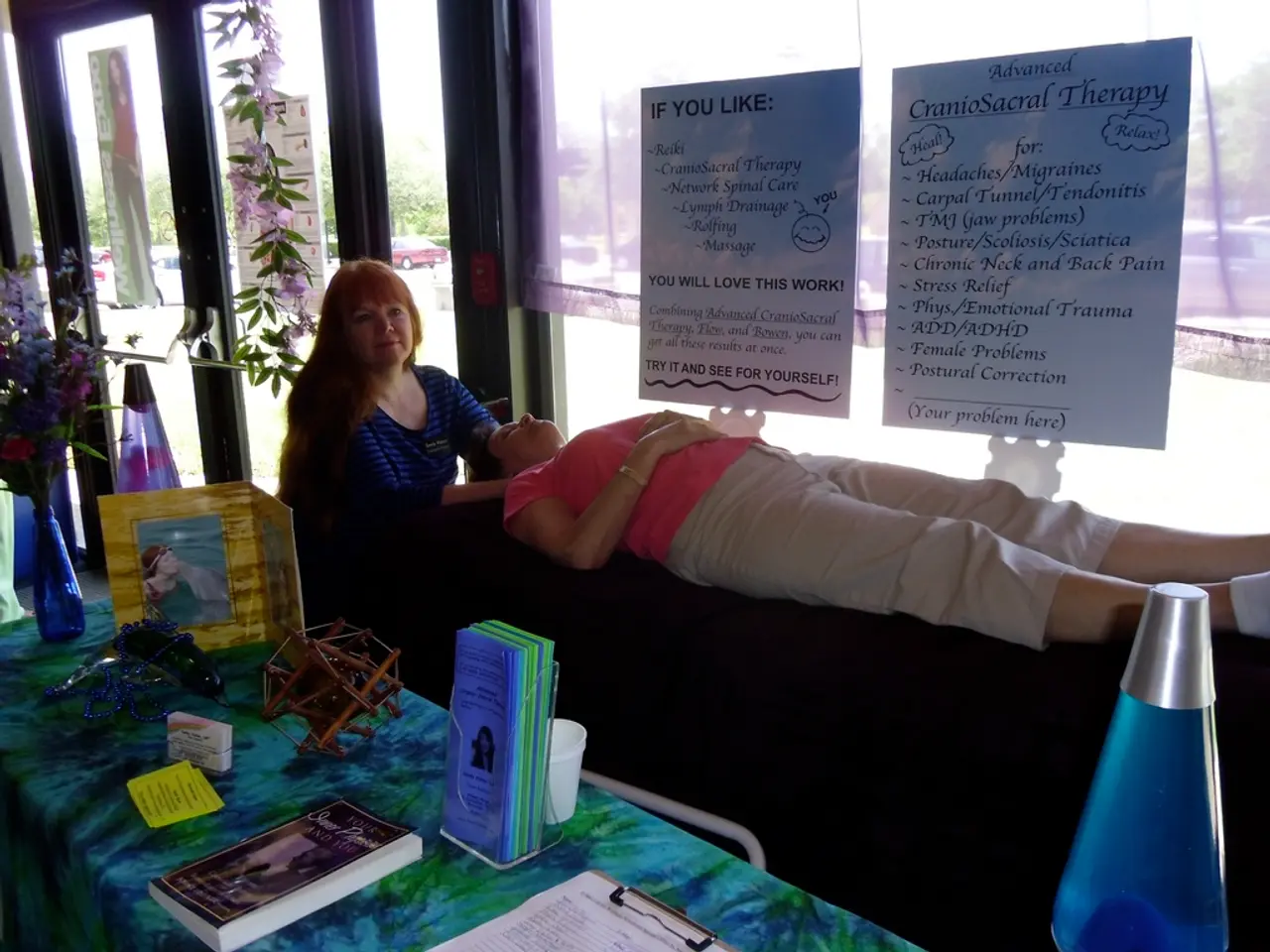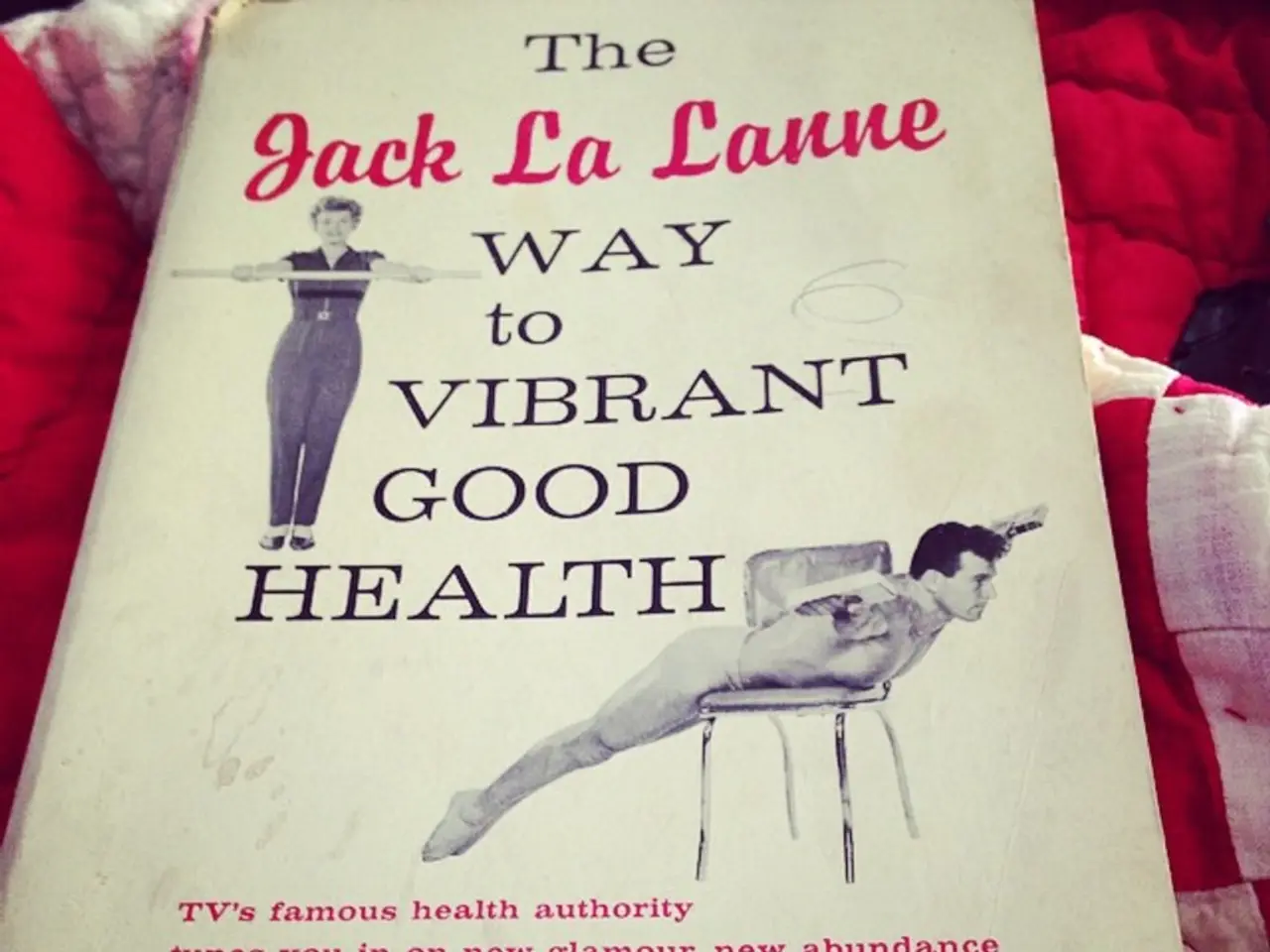Difficulties in exiting abusive marital relationships: The secret toll of gaslighting and deceitful optimism
In a world where love and support should be the cornerstone of any relationship, some individuals find themselves trapped in a cycle of emotional abuse. This is a story about one individual's journey, and the psychological factors that often keep victims of abuse in toxic relationships.
The Dubai-based professional's sister experienced years of emotional abuse in her marriage. The abuse was not always visible as physical injuries or yelling, but it seeped in subtly through seemingly constructive criticism, guilt trips, gaslighting, or control. Many people in abusive relationships deny the red flags and make excuses for their partners.
Common psychological factors that contribute to victims of abuse staying in toxic relationships despite wanting to leave include grooming and manipulation, trauma bonding, self-doubt and internal confusion, fear of escalated abuse, isolation and lack of support, shame and societal barriers, attachment needs and past trauma, and the repeated attempts and difficulty leaving.
Abusers often start with seemingly loving behavior, gaining the victim’s trust and confidence before abuse begins, making it harder for victims to recognize the threat initially. They manipulate victims through gaslighting—making them doubt their own perceptions—and blaming them for the abuse, which undermines self-trust and increases dependency. Repetitive cycles of abuse followed by remorse or kindness create strong emotional attachments called trauma bonds. These are reinforced by intermittent reinforcement—unpredictable alternations of positive and negative treatment—that confuse victims and deepen dependency as a survival mechanism.
Victims often second-guess themselves and feel responsible for the abuser’s behavior, which leads to efforts to "control" the abuser by changing their own behavior—generally unsuccessfully. The anticipation of more severe abuse, retaliation, or violence if they try to leave creates paralysis. Victims often stay because they predict leaving will expose them to greater danger. Abusers often isolate victims from supportive relationships, making victims more emotionally dependent on the abuser, who may provide inconsistent validation or emotional support.
Shame, stigma, or cultural norms can prevent victims—especially men—from seeking help or admitting they are abused, due to fear of not being believed or being seen as weak. Unmet attachment needs, particularly from insecure or traumatic childhood experiences, can make individuals more vulnerable to unhealthy attachments in adult relationships. It often takes multiple attempts to leave (on average seven tries), reflecting the complexity of psychological entrapment and external barriers such as fear and manipulation.
Awareness is power, and healing begins the moment victims start naming their experiences and giving themselves permission to say that what they’ve been through is not love and they deserve better. It's crucial for victims of abuse to have a safety plan in place, including reaching out to national domestic violence hotlines, setting aside emergency funds, and storing important personal documents securely.
In some cultures, there is an expectation to adjust, forgive, and suffer silently in abusive relationships. The pain, grief, and loneliness of abuse can deeply affect a person's sense of self. In some cultures, the woman's identity is tied to her marriage, and the stigma of divorce can lead to social shame. Abuse can cause victims to doubt themselves, feel trapped, and lose their sense of self.
Leaving an abusive relationship requires the person to rebuild their identity from scratch, which can be a slow and painful process. However, it's important to remember that healing is possible. Education, seeking professional help, and planning for safety are key steps in breaking the cycle of abuse.
In the digital age, many have found empowerment in speaking up and sharing their experiences, which can open a door to healing. A family environment plays a role in the acceptance of abusive relationships, particularly in cases where the family has a history of abuse. Nusrat Khan, another clinical psychologist, explains that abuse strips away individuality, particularly in the case of women, who often lose their sense of self in a toxic marriage.
Men can also be victims of domestic violence, and they may feel ashamed or afraid to speak up. Khan's advice for breaking the cycle is to educate oneself, seek professional help, and plan for safety when exiting a toxic relationship. It's important to remember that no one deserves to live in fear or abuse, and help is available.
References:
[1] Taft, L. (2015). The Psychological Effects of Staying in an Abusive Relationship. Psych Central. https://psychcentral.com/lib/the-psychological-effects-of-staying-in-an-abusive-relationship/
[2] Walker, L. E. (2009). The Batterer as Parent: Addressing Domestic Violence in Custody and Visitation Matters. National Council of Juvenile and Family Court Judges. https://www.ncjfcj.org/sites/default/files/The%20Batterer%20as%20Parent%20Addressing%20Domestic%20Violence%20in%20Custody%20and%20Visitation%20Matters%20-%20Final.pdf
[3] Yontz, G. (2019). Why Do Victims Stay in Abusive Relationships? Verywell Family. https://www.verywellfamily.com/why-do-victims-stay-in-abusive-relationships-4176629
[4] Schlesinger, M. (2018). The Psychology of Emotional Abuse: How It Affects Victims and How They Can Recover. Psychology Today. https://www.psychologytoday.com/us/blog/the-psychology-trauma/201805/the-psychology-emotional-abuse-how-it-affects-victims-and-how-they-can-recover
[5] National Domestic Violence Hotline. (2021). Why Do People Stay in Abusive Relationships? National Domestic Violence Hotline. https://www.thehotline.org/resources/why-do-people-stay-in-abusive-relationships/
- Despite the unhealthy nature of her marriage, the Dubai-based individual's sister found her history of relationships entangled in the cycle of emotional abuse.
- The subtle forms of abuse—such as criticism, guilt trips, gaslighting, and control—created a minefield in her health-and-wellness, both mentally and emotionally.
- Common psychological factors in such relationships include grooming and manipulation, trauma bonding, self-doubt and internal confusion, fear of escalated abuse, isolation and lack of support, shame and societal barriers, attachment needs, past trauma, and the difficulty of leaving.
- The sister experienced the abuser's loving behavior initially, being groomed and manipulated until the abuse began. Gaslighting and blaming tactics further weakened her trust and self-confidence.
- Repetitive cycles of emotional abuse and kindness deepened her emotional dependence on the abuser, reinforcing the trauma bonds formed.
- Seeking help and admitting abuse was challenging due to societal barriers and cultural norms, fearing she might not be believed or seen as weak. Furthermore, the pain, grief, and loneliness affected her self-image and self-worth.
- Leaving the abusive relationship required rebuilding her identity, a process that could be long and difficult, yet crucial for her mental-health and personal-growth.
- Awareness was the key to healing, allowing her to name her experiences and seek help, including reaching out to national domestic violence hotlines and making a safety plan.
- Remembering that healing is possible and that no one deserves to live in fear, her journey signified a powerful step towards a healthier lifestyle and stronger relationships.




